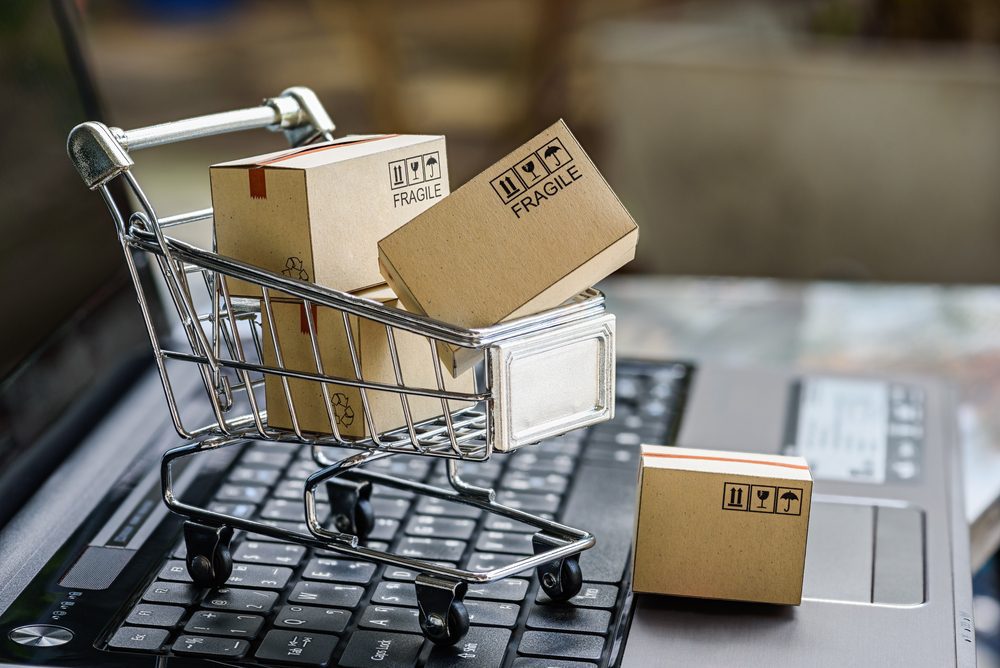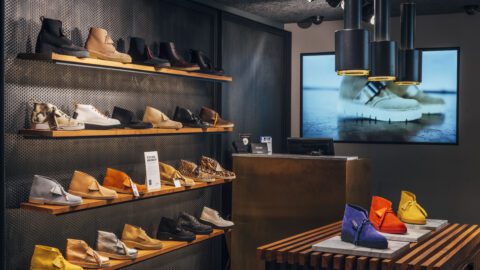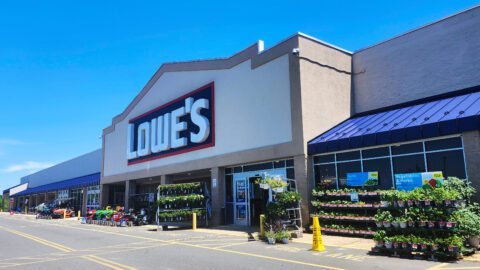Retailers are well aware that an omnichannel approach to both the customer experience and their internal systems is now a basic business requirement: 94% of retailers already have, or plan to implement, a single unified commerce platform within three years, up from 81% in 2017, according to the 2019 POS/Customer Engagement Study from BRP.
But many retailers still struggle with technological and data shortfalls that make seamless omnichannel operations difficult to achieve. The 30 C-suite retail executives surveyed by HRC Retail Advisory reported that they experience challenges including:
- 66% said that inventory inaccuracies made their BOPIS (buy online/pick up in-store) service offerings inconsistent;
- 77% ship primarily from e-Commerce fulfillment centers rather than local stores, creating inefficiencies in shipping online orders that cause delays;
- Nearly 70% were not optimizing customer order systems to prioritize filling entire orders from a single location, which can cause split shipments and increase freight costs; and
- Just 14% were using predictive analytics, and most were struggling to figure out how to integrate such analytics into operational processes.
“The challenge is that everything about traditional retail is built around legacy systems and processes,” said Antony Karabus, CEO of HRC Retail Advisory in an interview with Retail TouchPoints. “They’re built around a distribution center that sends large shipments to stores based on replenishment, and very little comes back from the store. Suddenly the distribution center has to send out single parcels to customers, and a big chunk of it gets returned. These are new capabilities that didn’t exist several years ago, and some retailers have significant work to do to change their thinking.”
Even in-store, many retailers have failed to bring their systems up to the speed of innovation: just 25% of store networks, 32% of POS hardware and 25% of POS software is less than two years old, while 30% of retailers use POS hardware that is at least six years old, according to BRP. Before retailers can take advantage of the latest friction-reducing technology, they need to make sure their networks are capable of handling the unique challenges posed by omnichannel systems.
Recommendation: Begin With A Single System Versus A Complete Omnichannel Overhaul
Rather than risk deploying a wide array of solutions that their infrastructure may not be equipped to handle, Karabus suggested that retailers should ease into omnichannel services one or two features at a time. Updating a single aspect of the business is less expensive and complicated than offering a full omnichannel smorgasbord, and offering a few reliable services is better than introducing many new features that only work erratically.
“What retailers have been doing is rushing to roll out these capabilities due to the competition,” said Karabus. “What we say is the first step shouldn’t be rushing — the first step should be stepping back and saying, ‘What are the omnichannel capabilities that are most important to my customers? I can’t do it all, but let’s pick the one or two that are most important.’ Once we’ve picked those, then we can do an assessment of all the processes that need to be nailed down and improved to enable those capabilities.”
Omnichannel Inventory Visibility: A Very Good Place To Start
A seamless omnichannel inventory system can be a solid first step: 56% of shoppers indicated that they are more likely to shop at a retailer that lets them have a shared cart across channels, according to BRP. This can make BOPIS offerings more reliable, reduce losses to shrink and prevent a divorce between in-store and online inventory counts. From the customer experience side of the equation, letting a shopper reserve an item online when no local store actually has it in stock is a recipe for dissatisfaction.
Reserve online/pick up in-store is “a really complicated thing to do,” said Karabus. “You don’t know when the next shopper is going to order an item, or what store they’re going to pick it up from. It’s a crapshoot, but you really can get a lot better through better processes and systems that more precisely allocate to demand.”
Retailers are making progress in this area: 44% told BRP that they have in-store product information (including price, location, availability and research) available and accurate on mobile platforms, while another 21% have it implemented, but in need of improvement. Making such a system operational involves reducing errors across the enterprise, and it can be an undertaking by itself.
“You want to make sure that your inventory [figures] are accurate, so that if the system says there is one inside, there really is one inside,” said Karabus. “Make sure it’s accurate when you put it into stock, make sure it’s accurate when you receive it, make sure it’s accurate at the point of sale — there are many places where things could go wrong.”
Retailers also can improve their overall omnichannel reliability by understanding where demand is coming from, according to Karabus. BRP found that approximately 34% of retailers have analytics/reporting systems implemented and working well, while another 25% have cross-channel transaction history information for their shoppers.
Focusing on a single aspect of omnichannel, rather than rushing into a complete makeover, can provide tangible benefits both in-store and online, from improving inventory accuracy to reducing freight costs. Smaller retailers can benefit by focusing on their shoppers’ most pressing needs and steadily improving individual cross-channel features, instead of trying to rapidly and directly match Walmart or Amazon.













